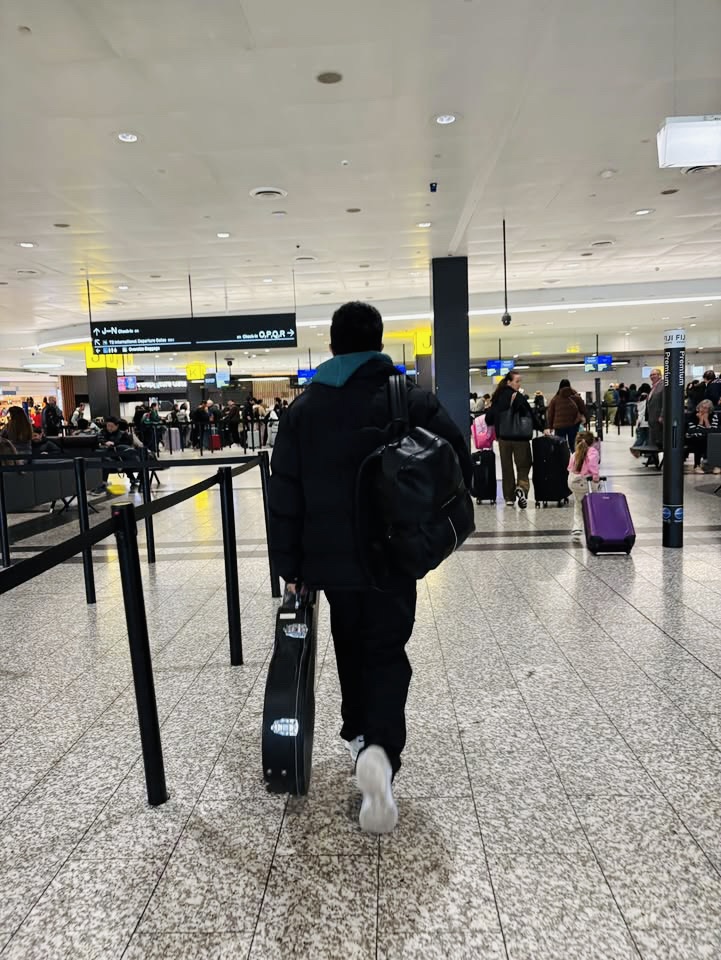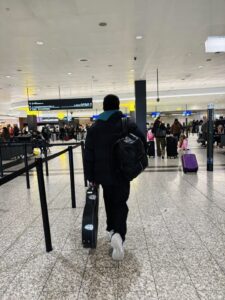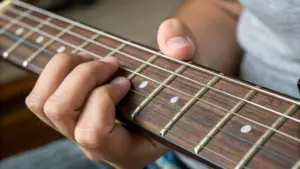Living between two musical worlds has been, for me, more than just an experience—it has been a deep transformation. I was born in Chile, trained as a musician in Santiago, and spent years shaping my voice on stage, in classrooms, and in studios. My musical identity was shaped by jazz, soul, R&B, and Latin American roots. But it wasn’t until I arrived in Melbourne that I truly understood what it means to engage in dialogue with diversity. Australia offered me not only a new language, but a new way of listening.
In Santiago, my musical practice was as emotional as it was technical. Jazz taught me to improvise, but also to listen beyond sound: to gestures, intentions, silence. I taught young guitarists with passion, but within a structure that, while effective, was somewhat rigid. My artistic horizon was well defined—until Melbourne disarmed it.
From my first rehearsal on Australian soil, I noticed something different: radical openness. Musicians from India, Iran, South Korea, Italy, Colombia, Australia… all bringing their languages, accents, and stories. In this new context, music wasn’t a genre—it was a constant negotiation. Jazz with traditional Indian music. Pop fused with free improvisation. A bolero over electronic beats. Fusion was no longer a creative resource; it was a natural state.
Melbourne taught me to let go of control, to value what emerges in the crossing. I began composing from new places, improvising from emotions I had never translated into sound. I realized that my identity wasn’t lost in the mix—it was amplified. Every note I played in Australia was charged with my history, but also with the environment around me. The weather, the architecture, the solitude, the urban calm—all of it changed how I created.
My teaching also transformed. My students came from various cultures and had a different temporal relationship with music. Some didn’t aim to be professionals—they just wanted music in their lives. Teaching guitar in this context challenged me: I had to let go of the “should be” approach and embrace “how do you feel this?” I started valuing flexibility, empathy, and adaptability as the pillars of meaningful pedagogy.
And then, between classes, rehearsals, small bar gigs, and conversations with musicians who didn’t share my language, I realized something powerful: my music was no longer just Chilean, nor just jazz, nor even a clear category. It was a bridge. A bridge between who I was and what I was discovering. Between two geographies. Between different audiences. Between past certainties and the questions that now drive me forward.
Returning to Chile now means carrying that experience within me—not as a summary or anecdote, but as a new way of being in music. My guitar sounds different—not because I changed scales or harmonies, but because I changed. Australia taught me that music doesn’t need to belong—it needs to connect.
This essay is not a conclusion. It’s a pause between two heartbeats. An open journal. An invitation to other musicians, artists, and dreamers to be transformed by the crossing. Because sometimes the journey is not physical—it happens between chords, between silences, between glances


